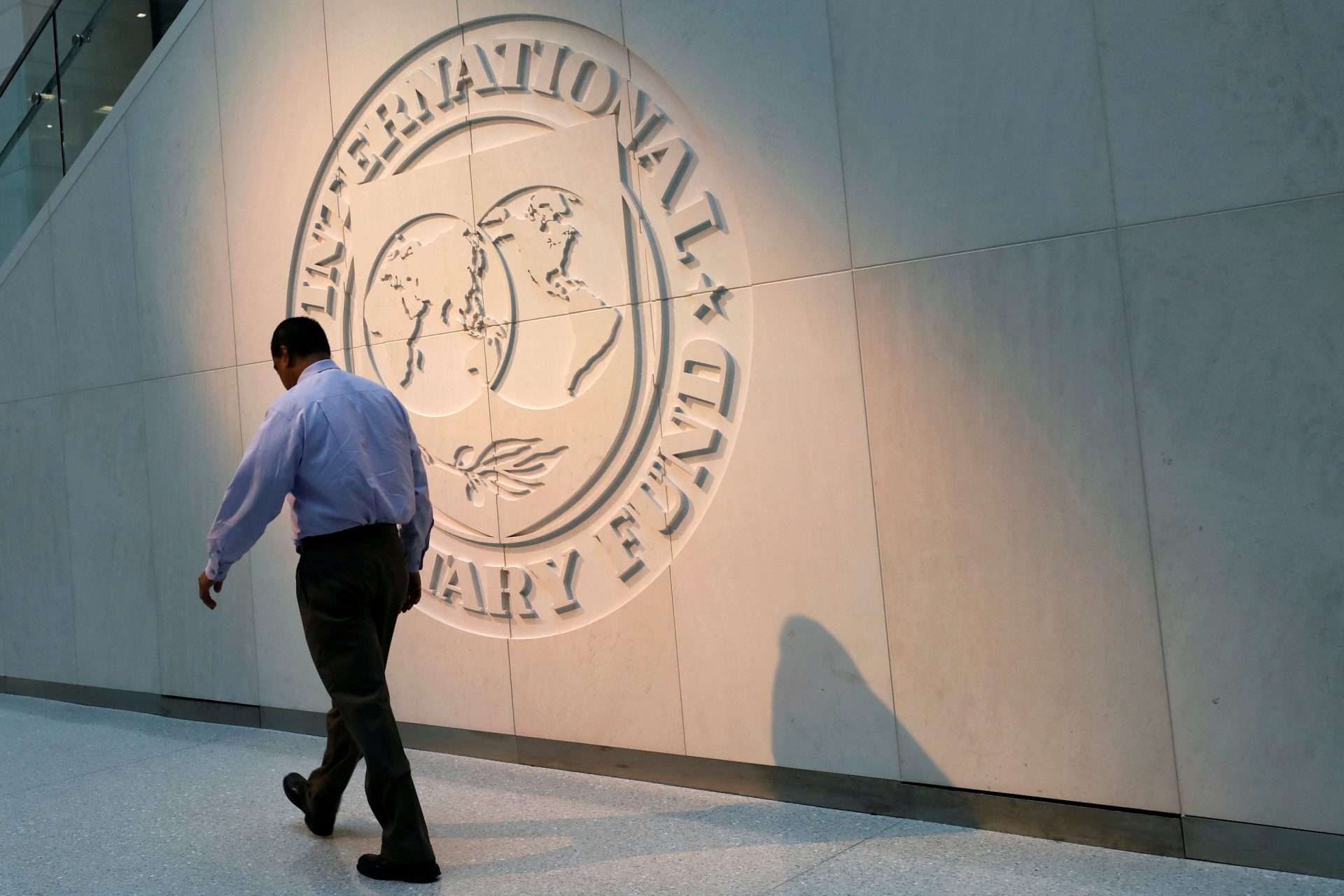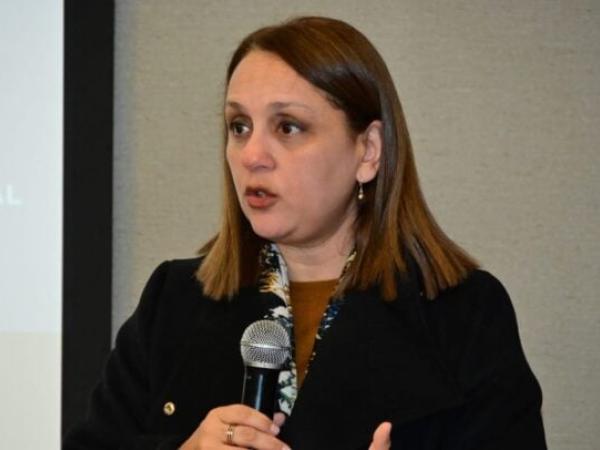In its Global Financial Stability Report, the International Monetary Fund (IMF) stressed that sovereign debt sustainability indicators continue to worsen around the world, especially in low-income countries, also “very affected by the rise in food and energy prices.” More than half (37 of 69) are at levels of over-indebtedness or have a high risk of reaching it+.
The major emerging markets, the Report says, have managed the sharp tightening of monetary policy in advanced economies “in a relatively orderly fashion”, but could face major difficulties if the current tensions in financial markets do not calm down and cause a moderation of risk taking on a global scale and a consequent outflow of capital”.
There has been a rapid increase in risks to the stability of the international financial system, testing its resilience. Concerns include sovereign debt sustainability, the vulnerability of non-bank lenders, as well as conditions in the commercial real estate market, “which has been under pressure due to deteriorating economic fundamentals and rising costs of funding,” he warned.
In the real estate sector, spark of the international financial crisis of 2008, the sharp increase in residential mortgage rates has cooled the demand for housing on a global scale. Assets remain overvalued in many countries, raising the risk of a sharp price correction if interest rates rise quickly, he noted.
Financing conditions have improved for some real estate developers, but confidence in the sector has not been restored. At the same time, last year concerns about the sustainability of the debt of financial vehicles of local governments that participate intensively in the real estate market increased.
The IMF acknowledged that in the face of the sudden bankruptcies of Silicon Valley Bank and Signature Bank in the United States, and the deterioration of Credit Suisse’s reputation, “the forceful response of the authorities to tackle systemic risks appeased the nervousness of the market (…) but Market confidence remains fragile and evident tensions still persist in various institutions and markets, while investors reassess the soundness of the financial system.
For now, there are concerns about vulnerabilities that could be hidden, not just in banks but in non-bank financial intermediaries.
















